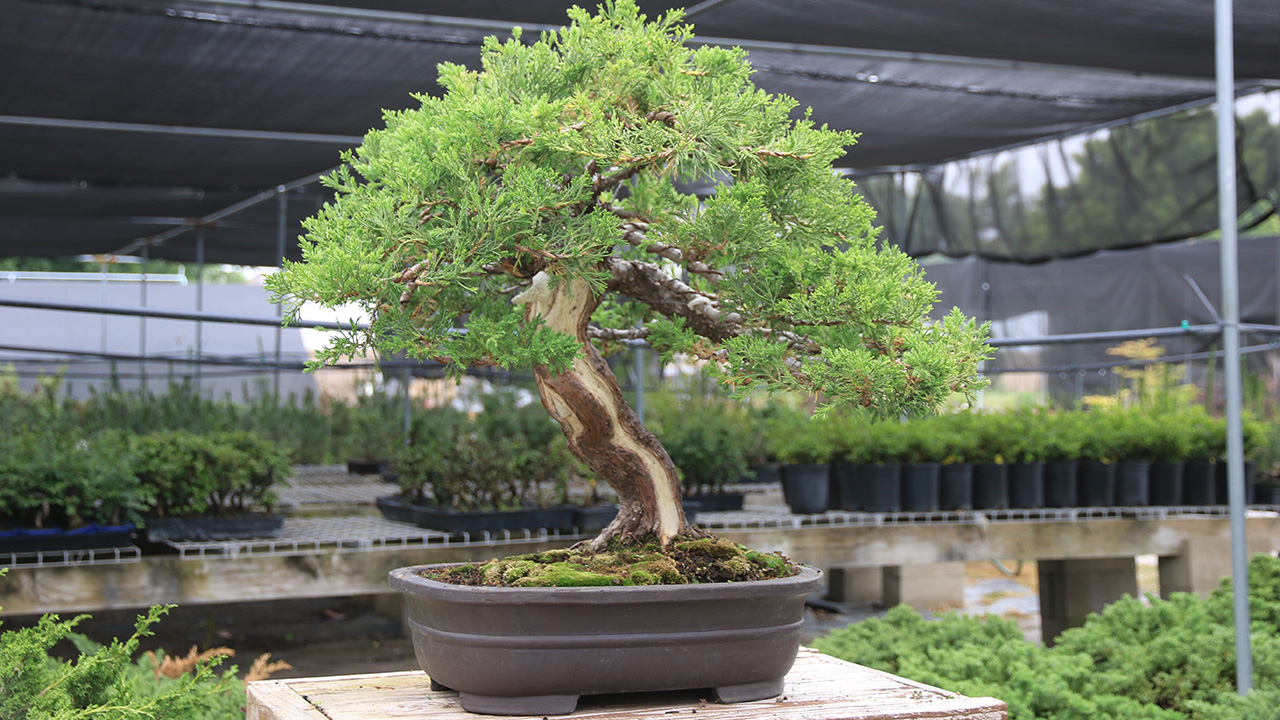
Flowers are 1/2" across, fragrant and bell-shaped and hang down.


JAPANESE FOR LEAF ON THE WIND FULL
Cultural Conditions: Light: Deep shade (Less than 2 hours to no direct sunlight) Full sun (6 or more hours of direct sunlight a day) Partial Shade (Direct sunlight only part of the day, 2-6 hours) Soil Texture: High Organic Matter Soil Drainage: Good Drainage Available Space To Plant: 6-feet-12 feet 12-24 feet NC Region: Coastal Mountains Piedmont USDA Plant Hardiness Zone: 6b, 6a, 7b, 7a, 8b, 8a, 9b, 9a.Whole Plant Traits: Plant Type: Shrub Tree Woody Plant Leaf Characteristics: Broadleaf Evergreen Maintenance: Low.Life Cycle: Woody Country Or Region Of Origin: China, Korea, Japan, Taiwan Dimensions: Height: 10 ft. Attributes: Genus: Cleyera Species: japonica Family: Pentaphylacaceae Uses (Ethnobotany): Considered sacrade in the Shinto religion in Japan.Tags: #evergreen #showy flowers #small tree #fragrant flowers #drought tolerant #low maintenance #winter interest #privacy #flowering shrub #bronze leaves #foundation planting #screening #black fruits #fantz #leathery leaves #flowers late spring #evergreen shrub #evergreen tree #wind damage prone #shrub borders See this plant in the following landscape: Cultivars / Varieties: Insects, Diseases, and Other Plant Problems: No serious problems. Use as a foundation planting, in a shrub border, as a hedge or privacy screen. Once established, they are quite drought tolerant but be sure to plant in an area with some protection from strong winds. In hot southern summers, it appreciates afternoon shade and it can in fact tolerate almost full shade. Plant this shrub in high organic matter well-drained soil in the full sun to partial shade. The species name japonica indicates the plant's origin in Japan. The family name was previously Theaceae, and the genus is named after German botanist and physician Andreas Cleyer. Japanese cleyra is a broadleaf evergreen shrub or small tree native to Asia in the Pentaphylacaceae family. Let me know if there is anything about Japan you would like to know more about or would like to see.ĭavid LaSpina is an American photographer lost in Japan, trying to capture the beauty of this country one photo at a time.Phonetic Spelling klay-YER-uh juh-PON-ih-kuh Description I post one photo everyday, as well as some misc posts such as haiku, videos, more Japanese history, and so on. Also be sure to follow me to see more from Japan everyday.

If you enjoyed this post, please like and resteem. As usual the wordplay is difficult to translate, hence this note (-_^).ĭon't miss the other great haiku in the Haiku of Japan series! It is an exclamation spoken by Zen Buddhists when enlightenment is achieved, and it is also the sound a paulownia leaf makes as it hits the ground upon falling. The first word of the second line- totsu-has a double meaning. Paulownia trees are much beloved in haiku because they hold 5, 7, and 5 buds, an uncanny connection to the poetic verse. In haiku-code, "one leaf" can have the meaning of a Paulownia tree.

This one a short, succinct reflection on our transient world. ( hito ha chiru / totsu hito ha chiru / kaze no ue)Īnother haiku from Ransetsu today.


 0 kommentar(er)
0 kommentar(er)
